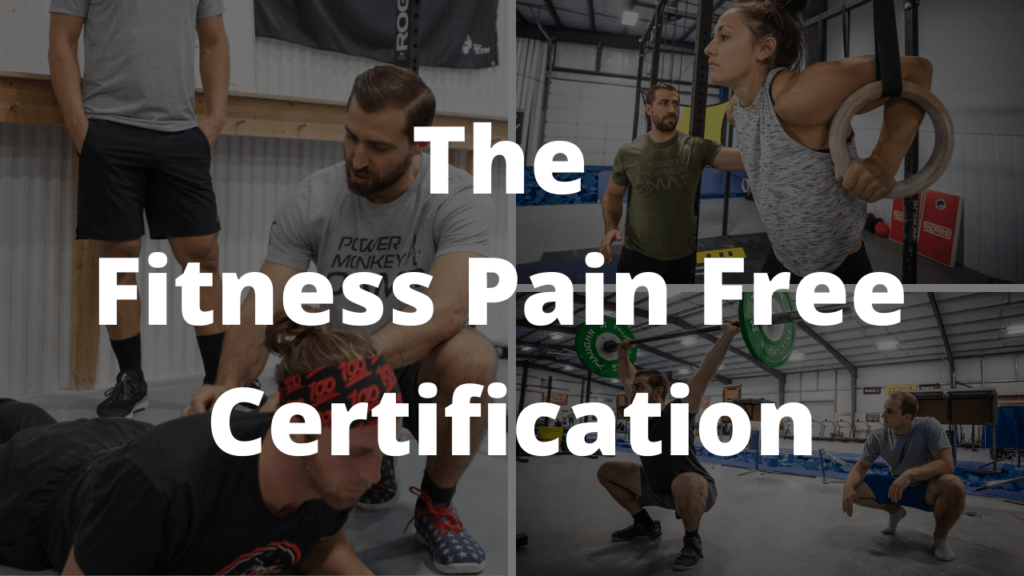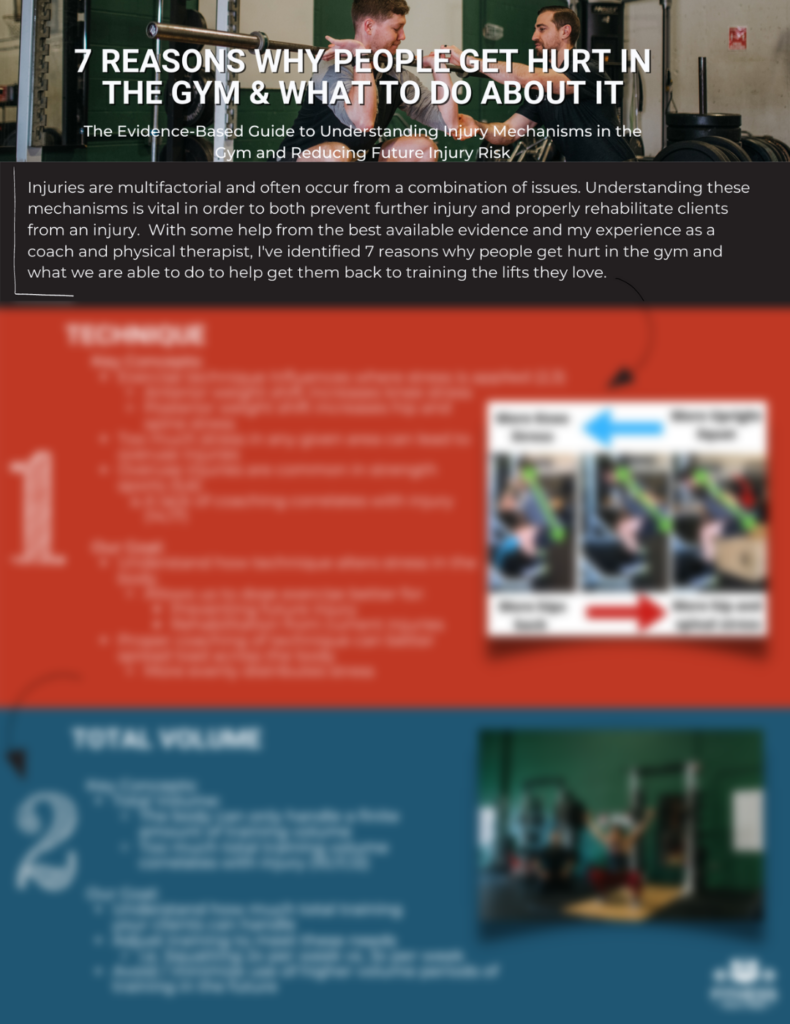Updated: 9/4/21
I’m a strong believer in understanding how injuries occur before we just start blindly applying either an injury prevention program or a rehabilitation program. Think about it, how do we expect to help keep people safe in the gym if we don’t even know what to protect them from in the first place?
On top of that, once we get someone out of pain via physical therapy, how can we expect them not to go right back in the gym again and get hurt in the same way they did previously?
Following this path, chances are we’ll end up repeating the same mistakes of the past and get hurt again. We’re right back to where we started. Not so smart right? I feel strongly that we need to help people get out of pain but ALSO show them how to stay safer in the future.
Today I wanted to chat about technique during kipping pull-ups and muscle-ups and how that can influence pain and injury in the shoulder.
If we understand injury mechanics (How technique influences stress and potential injury to the shoulder) we can accomplish several things:
- How to spot sub-optimal technique during these movements
- Correcting these faults for better long term health of the shoulder
Check out the video below to see where I believe injuries are occurring during kipping pull-ups and muscle-ups:
So there you have it. Three technical faults that could lead to shoulder injury are:
- Hyper flexion (too much motion) of the shoulder
- Lack of strength to control the descent of the pull-up
- Lacking a push-away to hollow at the top of the pull-up
Now the same issues occur on rings with a few extra considerations because of the dynamic nature of rings:
So, since the rings can spin during kipping the shoulder can fall into increased internal rotation (rings spin out) and flexion. These extreme ranges are just harder for the muscles of the shoulder to control and can increase compression on the rotator cuff.
Now, when we descend from the top of the rings during a muscle-up these factors become much more important. This is because the forces on the shoulder falling from the top of the rings are much higher than falling from a chin over bar height. Check out the video below to learn optimal technique both for performance as well as shoulder health during muscle-ups:
So you can see that if our technique is a little off during these movements we’re placing increased stress on the shoulder. Too much stress and the shoulder can break down. Hopefully now you’re armed with the information to help coach your athletes better during these movements and promote a safe return to training post-injury. I really believe it will go a long way in improving the long term health of their shoulders.
The information I just went over is part of a much larger and more comprehensive program called “The Fitness Pain Free Certification”. In the program I go over exactly what to be on the lookout for to keep your athletes moving safely and efficiently in the gym and how to rehabilitate them after an injury.
To give you a taste and help further your knowledge I’ve made an entire mini course that you can check out right now for free. In the mini course we go over:
- Why We Need a Better System
- 7 Reasons Why Athletes Get Hurt in the Gym and What to do About It
- 4 Simple Steps For Getting Your Athletes Out of Pain and Optimizing For Long Term Success
I’ve even created a nice infographic to help you quickly and easily consume the most important information:
If you’re interested in learning more about how to rehab athletes in the gym and how to keep them safe for the long haul then signing up for the free mini course and infographic is the next logical step.
Click HERE to Sign Up for the FREE Fitness Pain Free Mini Course
All Kipped Out,
Dan Pope DPT, OCS, CSCS

